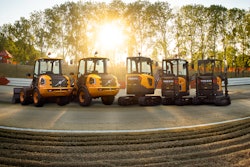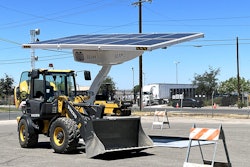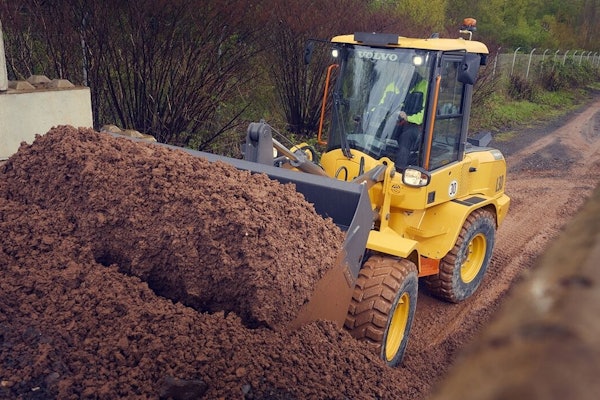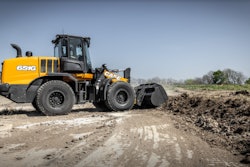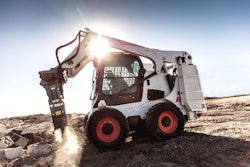Editor’s Note: This is Part Three of an eight-part series on the evolution of construction equipment and the diesel fuel alternatives manufacturers are introducing, including hybrid machines, electric and battery-powered equipment, and hydrogen combustion and hydrogen fuel cell technology. You can read Part One in the series by clicking here. Part Two.
Ten years ago, heavy equipment and truck OEMs were scrambling to meet Tier 4 and Tier 4 Final exhaust emissions. Climate change wasn’t the top priority, air quality was.
But one of the innovations that came out of that regulatory push, the hybrid diesel-electric engine, has proven to be successful at cutting fuel use and emissions. And when you cut fuel burn and exhaust emissions, you cut CO2. And that should count for something.
Fully electric and hydrogen systems may rock our world in the future, but hybrid and natural gas engines are here now.
A diesel-electric hybrid is simply a machine or vehicle with a downsized internal combustion engine (ICE) that uses the flywheel to power a generator and batteries, which in turn provides electrical power to the wheels, tracks and hydraulics. Hybrids come in all sizes, from a 3,000-pound Toyota Prius to a 744,000-pound Caterpillar 798 AC mining truck.
For earthmoving contractors, there are numerous diesel-electric hybrids working successfully in the field. These include early adaptors such as Komatsu’s HB215LC-1 hybrid excavator, Deere’s 644K electric hybrid wheel loader and the Cat D7E dozer. Equipment World reported on these a little less than a decade ago. A 25 to 40 percent improvement in fuel economy was just one of the benefits customesr' claimed.

